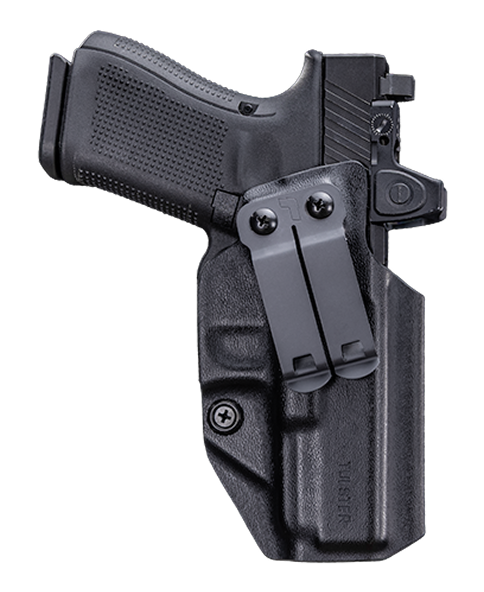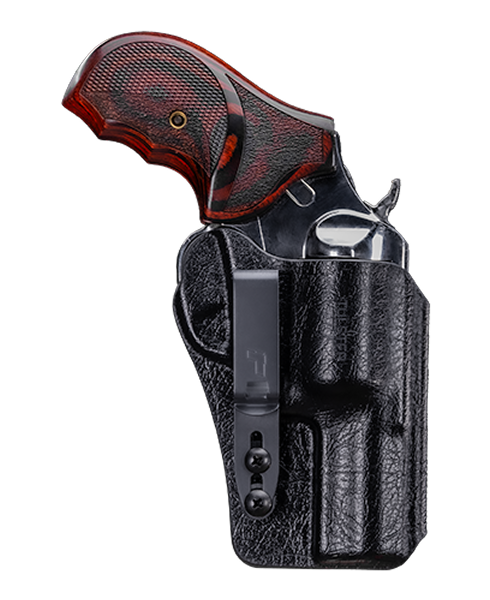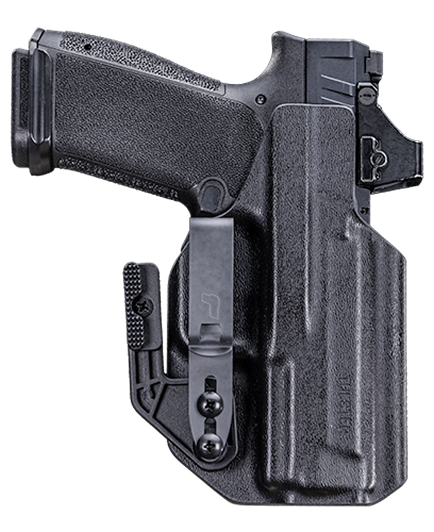Mastering Firearm Malfunctions: The Tap-Rack-Bang Method
Posted by Tulster on Jul 16th 2024
Reliability is paramount in the world of firearms. Whether you're a law enforcement officer, a military serviceman, or an everyday Joe, encountering a malfunction in your firearm can be daunting and potentially life-threatening. That's where the Tap-Rack-Bang method comes into play—a simple yet effective technique for clearing many common firearm malfunctions.
COMMON MALFUNCTIONS
Before we dive into the T-R-B method, let’s take a second and look at some of the problems that can be solved by following it.
Failure to Fire (FTF) occurs when the trigger is pulled, but the firearm fails to discharge the round.
Failure to Eject (FTE): Also known as a "stovepipe," this malfunction happens when a spent casing fails to eject properly from the firearm.
Failure to Feed (FTF): In this scenario, the firearm fails to pick up and chamber the next round from the magazine.
While other malfunctions can occur, these three are among the most common and can happen with various types of firearms.
HOW IT WORKS
The T-R-B method is a sequence of actions designed to quickly and efficiently clear the most common firearm malfunctions. Here's how it works:
- Tap: The first step is to tap the bottom of the magazine, don’t be afraid to really smack it, sometimes it is tough to get a magazine properly seated. Sometimes, a magazine may become dislodged or not fully inserted, leading to feeding issues. A firm tap ensures the magazine is in place.
- Rack: Next, rack the firearm's slide forcefully. This action ejects any malfunctioning round or spent casing from the chamber and chambers a new round from the magazine. It essentially resets the firearm's cycle of operation. Having an optic on your gun helps this step dramatically.
- Bang: Finally, assess the situation and, if necessary, resume firing by pulling the trigger. The term "bang" here refers to firing the firearm. If the malfunction was successfully cleared, the gun should discharge normally.
WHEN TO USE THE T-R-B METHOD
It's essential to recognize that this method cannot clear every weapon malfunction. Complex or severe malfunctions may require more extensive troubleshooting and potentially the assistance of a trained armorer or gunsmith. However, if you are ever in a gunfight and experience a malfunction, T-R-B should be your first action.
As with any firearm skill, proficiency with the Tap-Rack-Bang method comes through training and practice. Firearm owners must familiarize themselves with their weapon platform and regularly practice malfunction drills in a safe and controlled environment.
TRAIN IT
The T-R-B method should be included in your dry fire routine. Having the muscle memory to follow these steps if a malfunction happens in a real-world scenario frees up your thought process to focus on the situation at hand, whether that be during a stage at a match or a real-world situation. Training should include the physical actions of tapping, racking, and assessing and the mental conditioning to remain calm and decisive in high-pressure situations. Muscle memory plays a significant role in effectively executing the T-R-B method when faced with a malfunction under stress.
This is a valuable tool in any well-trained individual's arsenal. By working through the steps, firearm owners can enhance their readiness and confidence in handling malfunctions swiftly and effectively. Remember, reliability and preparedness are key in the world of firearms, and training helps ensure both.









